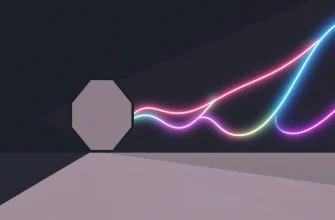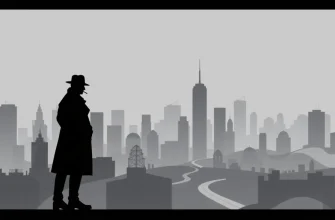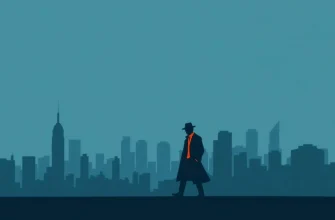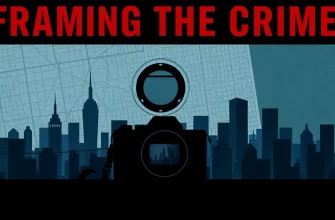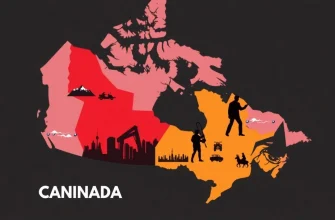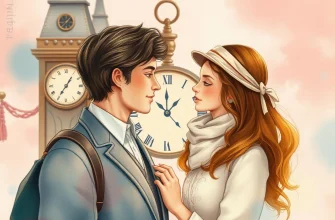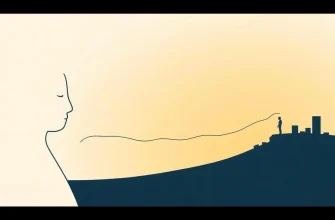Welcome to our curated list of crime films that not only tell gripping stories but also use color as a narrative tool to enhance the viewer's experience. From the neon-lit streets of neo-noir to the vibrant hues of heist thrillers, these movies offer a visual feast alongside their criminal plots. Whether you're a fan of the genre or just looking for something visually unique, this collection promises to captivate with its blend of crime and color.
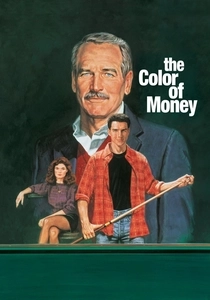
The Color of Money (1986)
Description: Martin Scorsese's sequel to "The Hustler" uses color to differentiate between the old school pool halls and the flashy new world of competitive pool, with green being a dominant color.
Fact: The film marked Tom Cruise's first Academy Award nomination for Best Supporting Actor.
 Watch Now
Watch Now 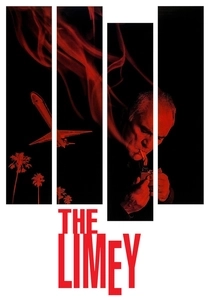
The Limey (1999)
Description: This revenge thriller uses a fragmented narrative and color to reflect the protagonist's fractured memory, with blue tones dominating scenes of introspection and violence.
Fact: The film's title refers to the British slang term for an Englishman, reflecting the main character's background.
 Watch Now
Watch Now 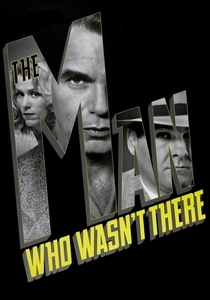
The Man Who Wasn't There (2001)
Description: The Coen Brothers' homage to film noir uses black-and-white with occasional color accents to highlight key moments, creating a surreal, almost dreamlike quality to the narrative.
Fact: The film was shot in black-and-white to pay tribute to the classic noir films of the 1940s and 1950s.
 Watch Now
Watch Now 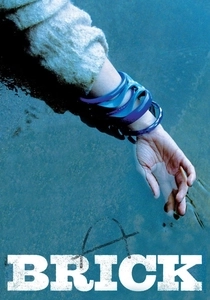
Brick (2005)
Description: A high school noir where color plays a subtle role in distinguishing the different social groups and their territories, with muted tones for the downtrodden and bright colors for the affluent.
Fact: The film was shot in 20 days with a budget of just $450,
 Watch Now
Watch Now 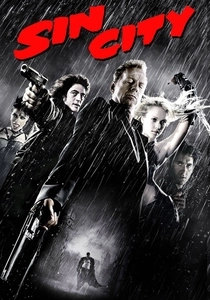
Sin City (2005)
Description: This film noir anthology uses stark black-and-white with splashes of color to highlight key elements, like a woman's red dress or a yellow car, making the city's corruption and violence even more vivid.
Fact: The film was shot almost entirely in front of a green screen, with the cityscape and backgrounds added in post-production.
 Watch Now
Watch Now 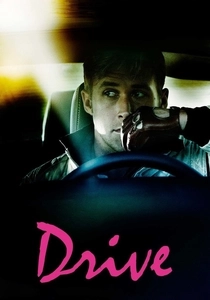
Drive (2011)
Description: Known for its neon-lit scenes, 'Drive' uses color to reflect the protagonist's inner turmoil and the seedy underbelly of Los Angeles, with the pink scorpion jacket becoming an iconic symbol.
Fact: The film's director, Nicolas Winding Refn, was inspired by the color palette of the 1980s, particularly the work of Michael Mann.
 Watch Now
Watch Now 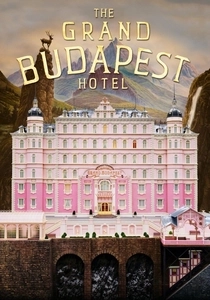
The Grand Budapest Hotel (2014)
Description: While not a traditional crime film, this Wes Anderson masterpiece uses a vibrant color scheme to tell a story of theft, murder, and political turmoil, with each color palette representing a different era.
Fact: The film's color scheme was inspired by the work of Austrian painter Gustav Klimt.
 Watch Now
Watch Now 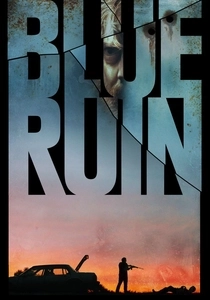
Blue Ruin (2013)
Description: This indie revenge thriller uses a muted color palette to reflect the protagonist's bleak existence, with blue tones dominating scenes of violence and introspection.
Fact: The film was shot with a small crew in just 23 days, with the director also serving as the cinematographer.
 Watch Now
Watch Now 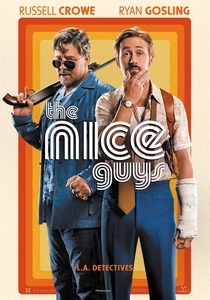
The Nice Guys (2016)
Description: Set in the '70s, this buddy cop film uses vibrant colors to capture the era's aesthetic, with the bright oranges and yellows of Los Angeles contrasting with the dark underbelly of crime.
Fact: The film was initially conceived as a TV series before being adapted into a feature film.
 Watch Now
Watch Now 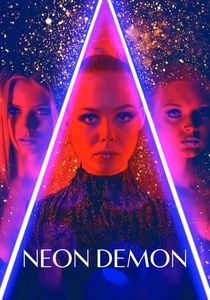
The Neon Demon (2016)
Description: This film uses an overwhelming amount of neon lighting to create an eerie, dreamlike atmosphere, reflecting the cutthroat world of modeling and the protagonist's descent into madness.
Fact: The film's director, Nicolas Winding Refn, wanted to explore the concept of beauty as a destructive force.
 30 Days Free
30 Days Free 


